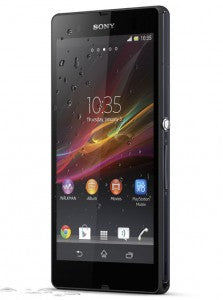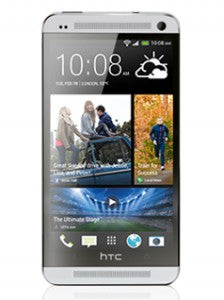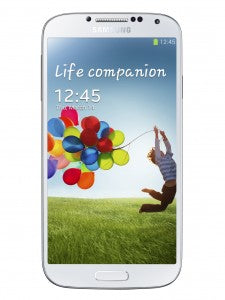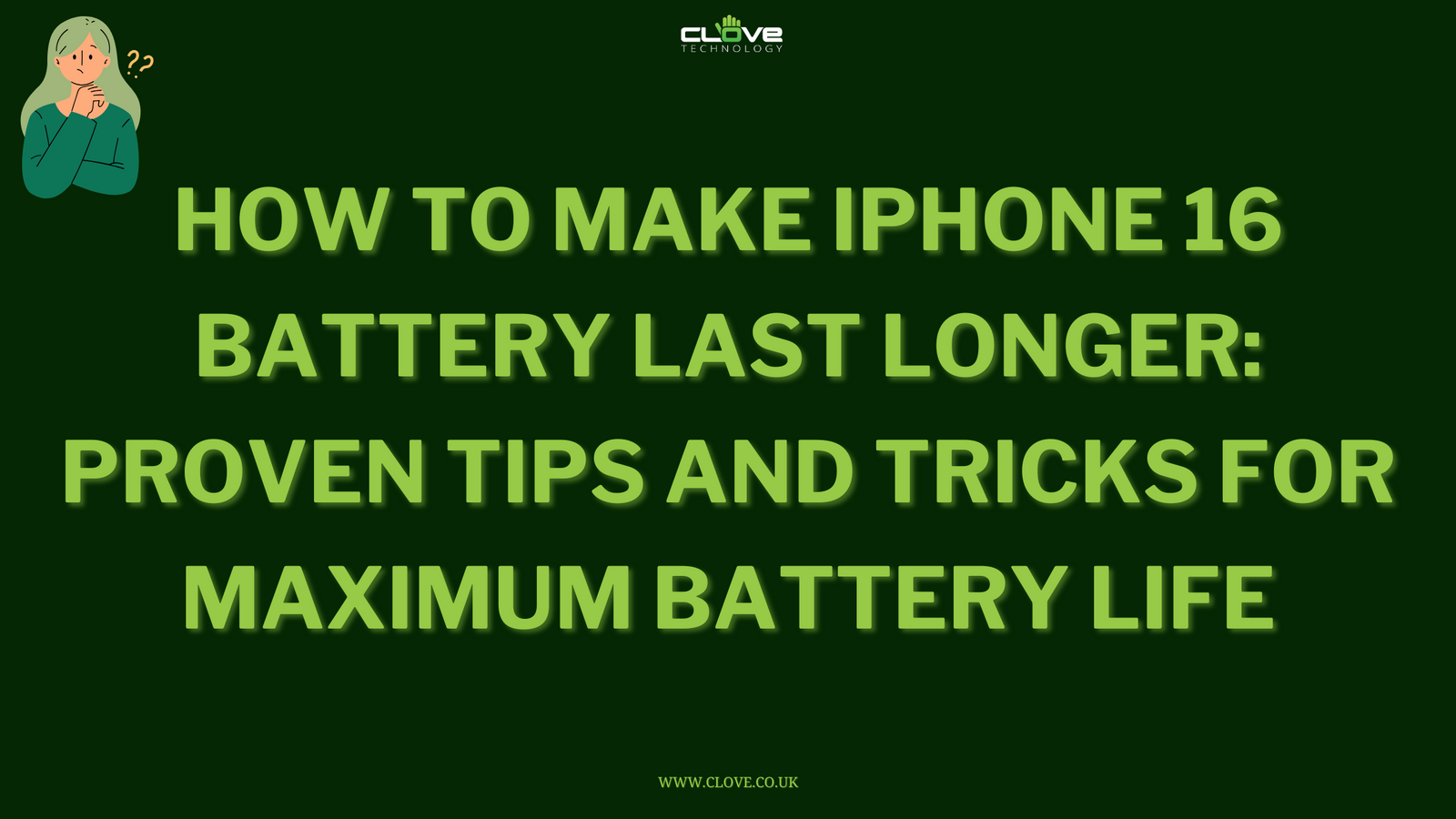Metals, plastics and rounded corners
The most important aspect of our technology should be how it performs when up against the tasks and challenges we encounter every day. With the power and technical quality of smartphones and other devices increasing all the time, this is becoming more and more sidelined for aesthetics. How a product looks and feels has always been of huge importance – everyone has different tastes but fashions dictate what the majority of us consider attractive and people are unconsciously drawn to that which is pleasing to their senses.

Whereas the excessive styling of advanced products has usually been the province of the more expensive brands – Apple for one have long charged considerably more than the sum of their device’s parts, however they are small fry compared to the likes of Harman/Kardon or Bang & Olufsen – high quality design is beginning to become the norm in lower end devices where differentiating on specification alone is no longer as important as it once was. The word ‘premium’ is one that I believe is overused along with other similar superlatives, especially in the smartphone industry, yet it continues to evoke response if the noise made by of professional reviewers and consumers online is anything to go by. So what do we mean by the term premium? Is it something that can be tangibly reduced or is it more of a concept that we simply ‘know’ by experience and familiarity?

The topic comes up regularly but was highlighted pretty recently in many reviews of the Samsung Galaxy S4. Despite the incredible technological achievements in Samsung’s most recent flagship, reviews across the board have docked points or decried Samsung’s continued of plastics for the Galaxy range where competitors have either long been using or started introducing metal alloys in manufacturing. Devices such as the Apple iPhone 5 and HTC One both make a big deal of their unibody construction and premium (there’s that word again) materials. Plastics too can be used well, Sony’s Xperia Z and SP both use different types of plastic casing yet somehow manage to come across as providing a better aesthetic than any of Samsung’s units. Perhaps it’s the type of plastic used or the finish – Samsung’s casings have been called ‘slimy’ and ‘unattractive’, whereas Sony’s are ‘grippy’ and ‘eye-catching’.

As mentioned previously, ‘premium’ evokes value, a value that can’t readily be defined but definitely translates to price. If Samsung devices don’t qualify for this premium moniker, then how can they continue to price themselves above their competitors and on a par with Apple? Samsung’s marketing goes great guns to justify the price tags by promoting both the hardware and software features whilst possibly over-inflating the quality of their design despite consumer response. For the time being this is working as their devices do indeed tend to have the largest and most comprehensive feature sets yet I predict this can’t continue for too much longer; already the bloated TouchWiz is beginning to lose favour.

The design language of the current Galaxy range is very clearly an iteration of last year’s devices which also came under fire (but not quite as much) when put aside the likes of the HTC One X and iPhone 4S. The thing is why should they change? The Galaxy S3 was the best selling Android smartphone of all time and may well have outsold Apple’s devices of the same generation depending on which figures you look at. It’s a strange situation where people say they want a change yet are still willing to buy. For now at least the compromise on aesthetics for pure technological prowess is worth it, but how long will this last? If other supposedly better designed devices begin to encroach on Samsung’s Android dominance will they change tack next year? Only time will tell of course.

Premium then seems to hinge mostly on materials and by being different to the current norm. HTC introduced a unibody aluminum design with front mounted speakers and were lauded critically. Nokia have just redesigned the bulky poly-carbonate Lumia 920 with a slimmer and lighter aluminium alloy for the 925. Sony’s Xperia Z and Z tablet have opted for rigid square corners and a type of edgeless styling that looks different to anything else on the shelf. Even at the cheaper end of the market, Huawei’s new Ascend P6 has an interesting mix of curvature and sharp angles that help it find its own identity despite the cheaper materials. Motorola’s new direction under Google has also promised customisation and personality in the mid range game. Samsung then are left with arguably the lowest quality looking devices (understandably my own opinion…) yet a dominant market position. Is there anything that could change this and would Samsung risk it when one assumes the production line and project cycle for their next slew of devices is probably already well underway? Let us know your thoughts!




